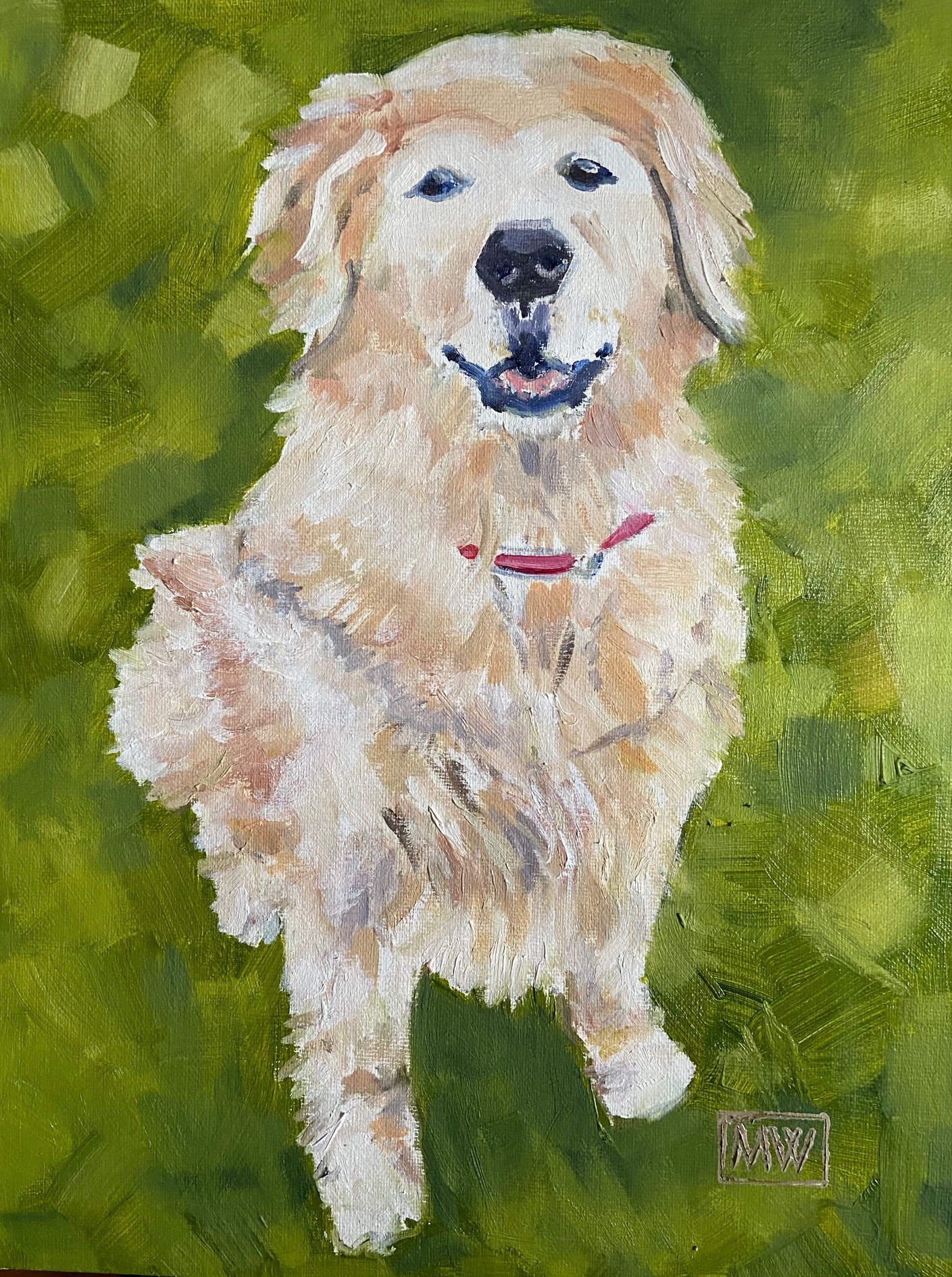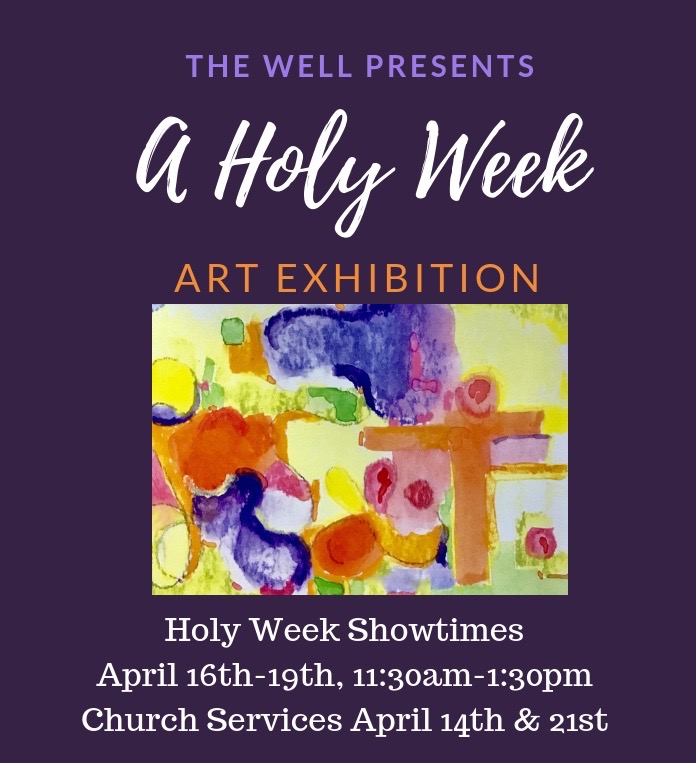Preface
Sometimes, I return to complete paintings I previously thought finished. This column, as you will quickly see, is like that. I’ve come back to review an inkling of understanding in a new light, discovering a more profound truth that I began learning one Sunday morning many years ago.
The Story
I feel like I’ve been to church, but instead, I’ve come from the grocery store. My experience there left me feeling as if Jesus had washed my feet.
I do not know the name of the joyful woman sacking and loading groceries into my car for years now. So why don’t I know her name?
She’s at least 60: a beautiful gray-haired, bright, more-than-cheerful grandmotherly woman. Her husband just dropped her name tag off on his way to church. Yet, despite her cheer, I can tell that she’s disappointed to be working on Sunday. So, again, I ask myself: why haven’t I read her name tag before?
At the checkout counter ahead of me, she cleaned off a bottle of alcohol for another customer, then paused. She could have put it in the bag; the customer hadn’t noticed the leak. But I knew this employee wouldn’t let it go. So she politely excused herself and went to get another. This morning’s visit to the store is not the first time I’ve seen her perform a good deed.
I’ve watched this woman over months with ever-widening amazement at her courtesies. And I have chatted with her more and more. One day I told her that I appreciated her happy disposition. She merely remarked that she’s “a jolly person.” I suspect something deeper.
Somehow, someway, Jesus has left his mark on this incredibly humble person. I don’t know why she works unless their retirement is not enough or possibly because she loves people and staying active. Perhaps a child of hers needs help. But the ways she performs this task speaks of a more profound commitment and the influence of love.
Her humble actions and delightful demeanor prompt me to ask myself: what tasks do I do out of duty or desire for significance? What do I do because He asks in that still small voice some call conscience? How do I perform them? Tender whispers of opportunity often go ignored, resulting in lost blessings for me and others.
Da Vinci’s Last Supper (Public Domain Image)
Just before the Passover Feast, pictorially memorialized in Leonardo da Vinci’s “Last Supper,” Jesus washes the disciples’ feet, though not without objection at first from one of his closest friends, Peter. He’s one of the inner circle who witnessed Jesus’ transfiguration and would be with him during his night of agony in the garden. The great Renaissance artist depicted him with a knife, foreshadowing a characteristically impulsive moment in that garden. Though Peter proved to be clueless more than once, Jesus includes him at this intimate dinner party. And Da Vinci lets us into this dining room, setting up the portrayal of the gathered leader and closest followers with a sharp, one-point perspective that directs our attention to Christ’s head. The members of his disciples spring to life with portraits that include the soon-to-be betrayer, Judas, clutching a bag of coins–money already paid to him to identify Jesus later in the Garden of Gethsemane. Peter, holding the knife he would use to cut off a soldier’s ear, is next to Judas. Finally, Da Vinci places John (not Mary Magdalene as some presume) next to Jesus.
Before this meal, as John tells us in his gospel, “before the Feast of Unleavened Bread,” Jesus asked his disciples, who called him both teacher and master: Lord/Adonai, to let him wash their feet–a common practice in that time.
Since I most identify with Peter, the stubborn, somewhat reckless disciple, I imagine that I would have objected, too. Picture your favorite teacher, mentor, employer, or friend bending down to wash your feet. I can’t help wondering if the disappearance of shoe fitting at most stores may have something to do with our embarrassment in having someone stoop low to serve us. But the grocery clerk did. Jesus did. And while commercial interactions, in general, have become fewer due to COVID and online shopping, I still meet these people.
I did eventually learn her name. Thank you, Martha, for serving me; for teaching me.
C.S. Lewis said that “The load, or weight, or burden of my neighbour’s glory should be laid daily on my back, a load so heavy that only humility can carry it, and the backs of the proud be broken.” The Weight of Glory.
May we look for the glory of God, his imago Dei, in each other each day.
https://spiritofabilene.com/2022/04/09/one-sunday-morning/






















